According to the Vietnam Association of Seafood Exporters and Producers, in the first five months of this year, Vietnamese enterprises exported shrimp to 103 markets, bringing in 1.3 billion USD, up 7% over the same period last year. The slight increase in export turnover compared to the same period is a positive sign, but the shrimp industry continues to face many challenges as the world economy shows no signs of recovery, inflation remains high, and the war has not ended.
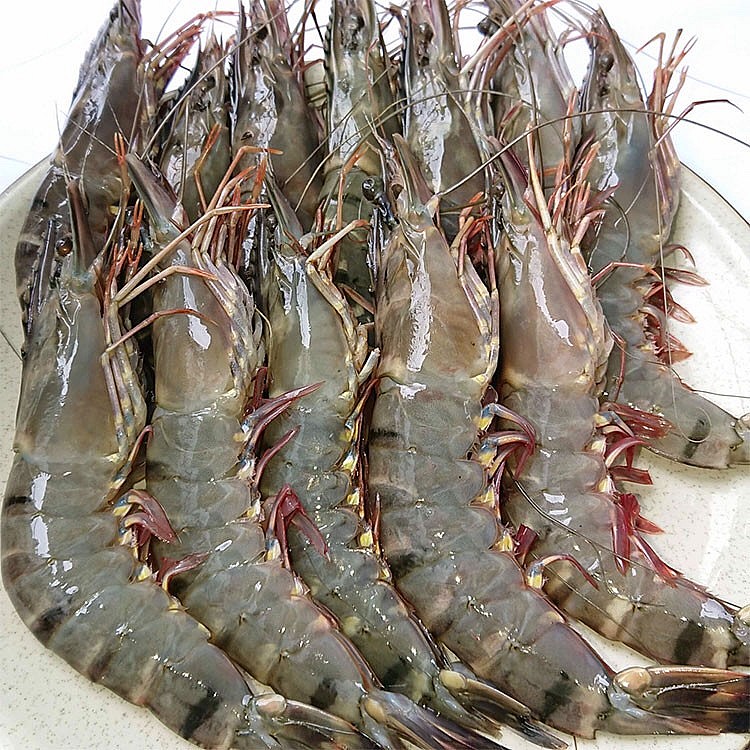 |
| Exported black tiger shrimp |
Vietnamese shrimp fear fierce competition in Chinese market
Among the export markets, China and Hong Kong (China) are leading with a turnover of 260 million USD, up 21% over the same period. Exports to this market gradually decreased from January to April. In May, there were signs of a sharp decrease. The main reason is that Vietnam's shrimp prices are higher than those of rival suppliers.
In the coming months until the end of the year, Ecuador, India and Indonesia will focus more on the Chinese market due to high US tariffs, so Vietnamese shrimp exported to China will have more difficulty in terms of price, especially whole black tiger shrimp and whole whiteleg shrimp.
On the other hand, according to the National Chamber of Aquaculture of Ecuador (CNA), China has lifted the bans on 9 Ecuadorian shrimp exporters due to the detection of excessive sulfite residues. These 9 enterprises can now continue exporting as long as they provide a compliance laboratory analysis along with the usual HC certificates for each batch. China's ban has caused Ecuador's shrimp export market share in the Chinese market to decrease from 64% in the first quarter of 2023 to 50% in the first quarter of 2024. China's lifting of the ban will also impact Vietnam's shrimp exports to this market.
The US market will increase purchases to serve the year-end holiday demand.
The US market ranked second in Vietnam’s shrimp export turnover in the first 5 months of this year with a value of 229 million USD, up 1% over the same period. Shrimp exports to the US only increased sharply in January, while February, April and May decreased sharply.
In this market, inflation is still high, housing costs, gasoline, etc. are high. In addition, shipping costs have increased dramatically by 40% since May due to the war in the Middle East and China has been collecting empty containers to prepare for export to the US before the new tax deadline. Vietnamese shrimp also has to compete strongly on price with Ecuadorian, Indian, and Indonesian shrimp in the US market.
Demand for imported Vietnamese shrimp from the US is expected to increase slightly in the third quarter of this year as importers increase purchases to serve year-end festival demand.
Inventory decreases, shrimp exports to EU market expected to recover slightly
In the first five months of this year, Vietnam's shrimp exports to the EU market reached 165 million USD, up 8% over the same period. Shrimp exports to the EU, after declining in February and March, recovered and increased again in April and May.
Shrimp consumption in the EU market in the first quarter of the year was very slow because this market was greatly affected by the prolonged Russia-Ukraine war, the Euro lost value compared to the USD, shipping costs increased suddenly by 60% due to having to go around, and China collected empty containers to export to the US.
Besides, Vietnamese shrimp will have to compete more strongly with rival suppliers in this market such as India and Ecuador because these two suppliers are facing difficulties with high taxes in the US market, so they will reduce prices to increase export volume to the EU.
From now until the end of the year, the EU market’s demand for shrimp imports is expected to increase slightly. Notably, the market’s demand for value-added imports will grow better than traditional products because inventories have decreased significantly.
Shrimp exports to the Japanese market will recover slightly.
In the first five months of this year, Vietnam's shrimp exports to the Japanese market reached 183 million USD, down 4% over the same period.
Although importers' inventories are not large, the Yen's depreciation since the beginning of the year has shown no signs of recovery and inflation is high, so consumers are spending sparingly.
Shrimp exports to Japan decreased continuously from February to May, however the rate of decrease was not as sharp as other markets. Japan is still considered a market with relatively more stable import demand than other markets.
Vietnam's value-added goods in the Japanese market still maintain a better competitive advantage compared to other sources such as India and Ecuador.
Import demand from the Japanese market is expected to increase slightly from September to serve year-end demand.
Demand in the Korean market is expected to stabilize.
In the first five months of this year, Vietnam’s shrimp exports to South Korea reached 124 million USD, down 9% over the same period. Slow consumption demand, high inflation, currency devaluation, and rising interest rates have prevented Vietnam’s shrimp exports to South Korea from recovering.
Although inventories have decreased, importers do not dare to buy much because inflation is still high, the currency is still depreciating, and they are preparing for the main season and are afraid that shrimp prices will drop.
From now until the end of the year, import demand of this market is expected to be stable.
Source: https://congthuong.vn/du-bao-nao-cho-xuat-khau-tom-tai-5-thi-truong-lon-326545.html



![[Photo] Prime Minister Pham Minh Chinh chairs meeting on railway projects](https://vphoto.vietnam.vn/thumb/1200x675/vietnam/resource/IMAGE/2025/10/23/1761206277171_dsc-9703-jpg.webp)


![[Photo] President Luong Cuong holds talks with South African President Matamela Cyril Ramaphosa](https://vphoto.vietnam.vn/thumb/1200x675/vietnam/resource/IMAGE/2025/10/23/1761221878741_ndo_br_1-8416-jpg.webp)
![[Photo] Prime Minister Pham Minh Chinh meets with South African President Matamela Cyril Ramaphosa](https://vphoto.vietnam.vn/thumb/1200x675/vietnam/resource/IMAGE/2025/10/23/1761226081024_dsc-9845-jpg.webp)


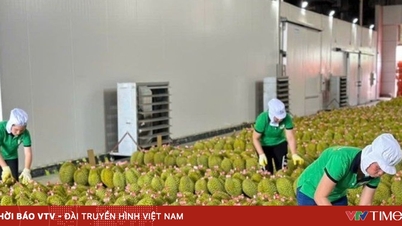





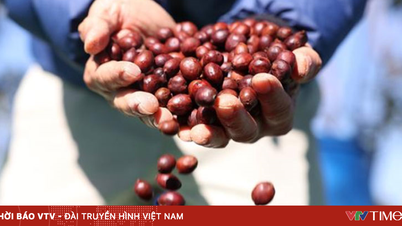







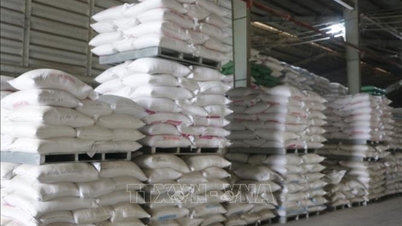







































































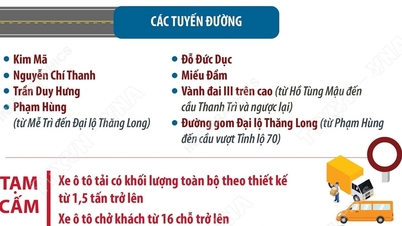



















Comment (0)